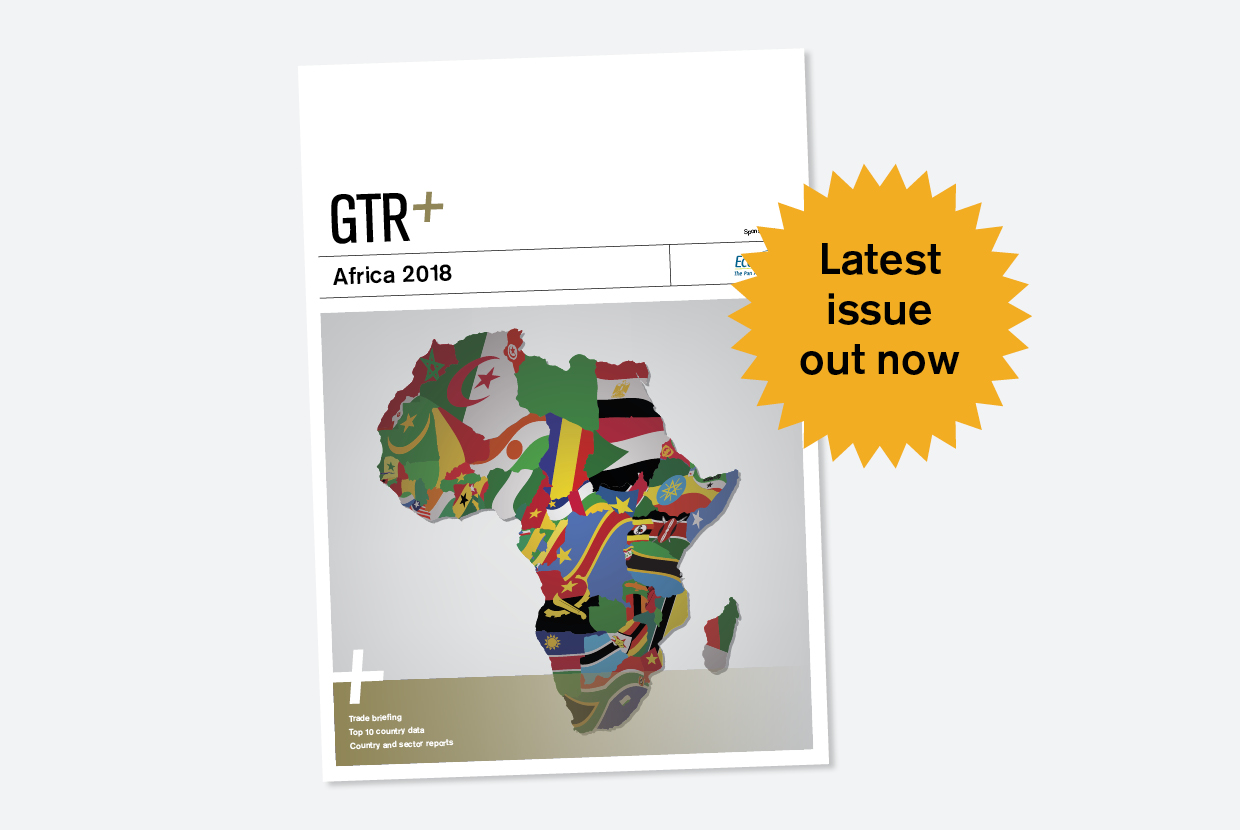Pan-African unity and trade reached a watershed in Kigali in March when most of the countries on the continent signed up to the new African Continental Free Trade Area (AfCFTA).
The agreement represents “a new dawn for Africa”, said South African President Cyril Ramaphosa, speaking to conference delegates – including GTR – at Afreximbank’s annual meeting in Abuja in July.
Hopes are that the AfCFTA will assist Africa in working towards self-reliance and self-sufficiency, ultimately achieving integration and the economic activity that will accompany it.
“By trading among ourselves, we will be able to retain more resources within our continent, to be shared among our people, alleviating poverty and reducing inequality,” Ramaphosa said.
Government support of the FTA has been strong: South Africa signed the agreement in early July, bringing the number of countries to have done so to 49 (with the notable exception of Nigeria, whose president fears that the deal may undermine local manufacturers and lead to the country becoming a dumping ground for finished goods).
It won’t be all smooth sailing: a Moody’s report from earlier in the year points to Africa’s US$90bn trade finance gap as one of the factors that could limit the full potential of the FTA. In tandem with the need for finance is the requirement for regulatory cohesion, which will make it possible for businesses and individuals to operate in each other’s markets in the first place.
Other obvious constraints include the continent’s infrastructure as well as a lack of trade information: producers in African countries do not know that consumers of their goods sit just across their borders in neighbouring countries.
While the continent works towards internal unity, it continues to rely on the rest of the world for more than 80% of its trade, according to a new report launched by Afreximbank.
It is some of these external trade flows that we uncover in this second annual GTR+ Africa publication, as we continue to do our bit to try and close the information gap that exists in the rest of the world when it comes to engaging in trade and trade finance on the continent.
Elsewhere in this publication we focus on the export prospects that exist for Africa’s tea and coffee producers; look at the new ways in which export credit agencies are navigating infrastructure opportunities; and profile a handful of innovative tech firms using blockchain to make trade happen. We also have a section dedicated to geopolitical risk, which we find is becoming more nuanced within and between countries.
We trust that this – and the remainder of our suite of GTR+ publications – will be a practical tool for our readers as they prepare for the complexities and opportunities ahead.








